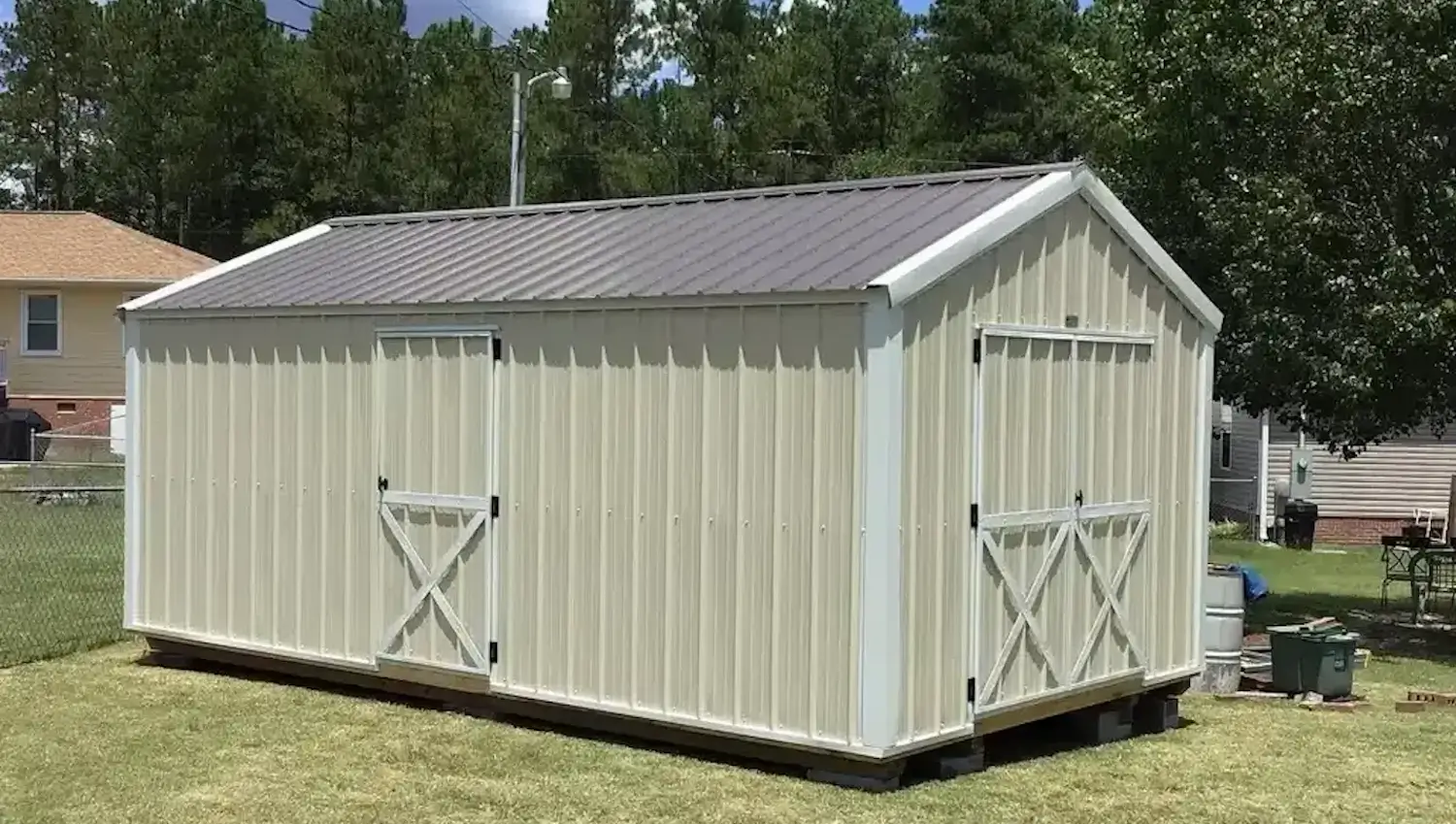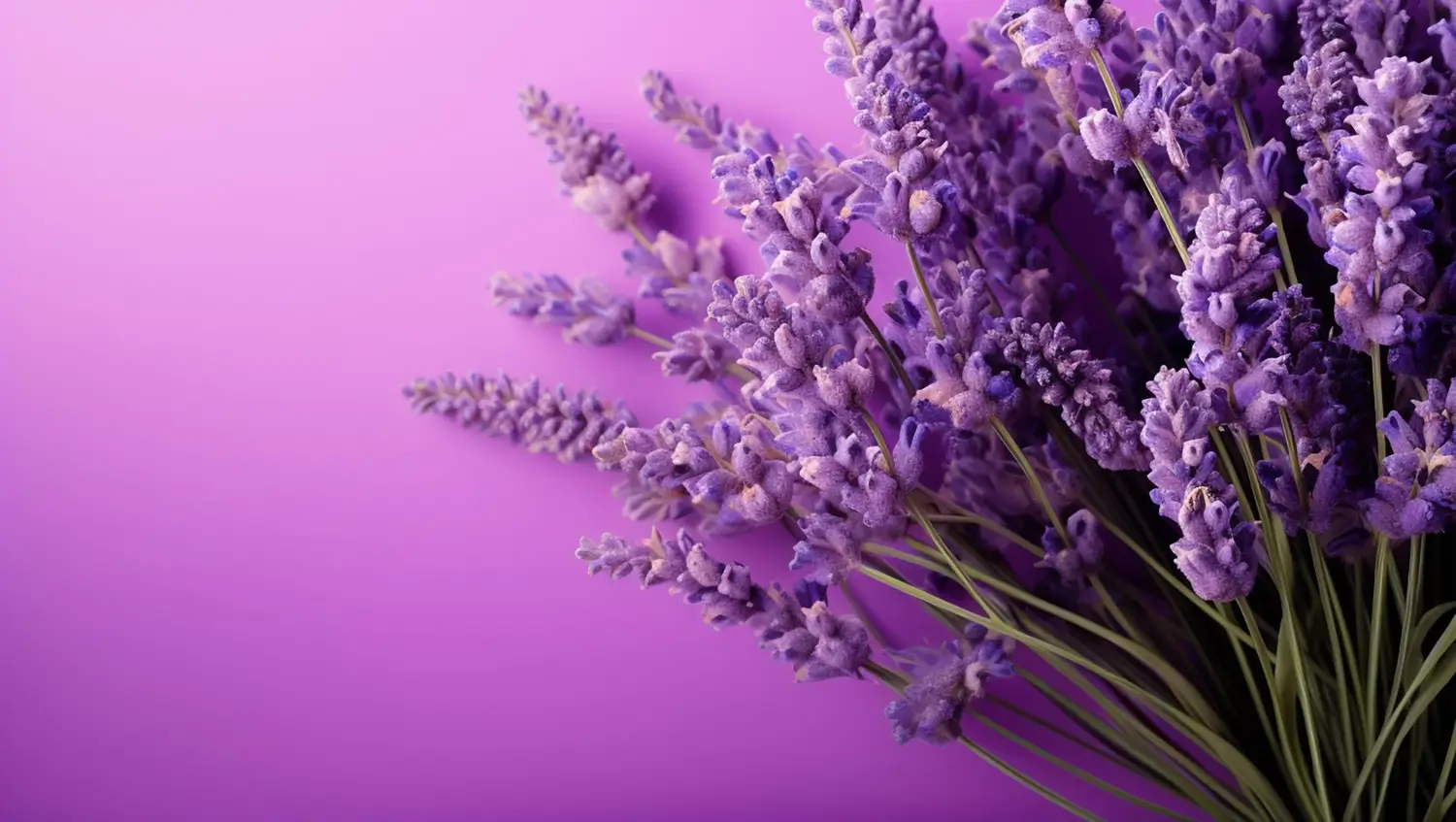
August 24, 2025

People are growing plants to help the environment, clean the air, and improve well-being. Lavender is a special plant known for its pleasant scent and many uses. With its beautiful purple flowers and soothing fragrance, lavender has been grown and enjoyed in gardens, homes, and health remedies for centuries.
Lavender does not need much care, attracts helpful insects like bees, and keeps pests away. It is also useful for making essential oils, dried flower arrangements, and even food recipes, making it a great choice for any garden.
Growcycle's marketplace features a variety of pots and planters suitable for growing lavender. These containers are designed to provide adequate drainage and space, essential for the healthy growth of lavender plants.
Lavender (Lavandula) has been used for thousands of years and comes from the Mediterranean, the Middle East, and India. Ancient Egyptians used it in perfumes and for mummification, while Greeks and Romans added it to bathwater and medicine. The name Lavandula comes from the Latin word "lavare," meaning "to wash."
In the Middle Ages, people believed lavender could protect them from diseases like the plague, and it was often placed in homes and churches to keep away bad smells and insects. European royalty, including Queen Elizabeth I, loved using lavender for its fragrance and calming effects.
In the 19th and 20th centuries, lavender farming became popular, especially in France, which is still a leading producer today. Now, lavender is grown in many countries, including the United States and Bulgaria. It is widely used in aromatherapy, cosmetics, medicine, and cooking. Over time, lavender has remained a symbol of relaxation, cleanliness, and healing, making it a favorite plant for gardens and homes worldwide.
Lavender is a hardy, aromatic, perennial shrub belonging to the Lamiaceae (mint) family. It is well known for its fragrant purple flowers and silvery-green foliage. Here is a detailed botanical description of the plant:
Lavender comes in various species and cultivars, each with unique characteristics suited for different climates and uses. Here are some of the most popular types:
| Type | Best For | Key Features |
|---|---|---|
| English Lavender | Essential oils, culinary uses, ornamental gardens | Compact, sweet fragrance, drought-resistant, blooms in summer |
| French Lavender | Ornamental purposes, hedging | Serrated leaves, long blooming season, strong fragrance |
| Spanish Lavender | Decorative gardens, attract pollinators | Unique "rabbit-ear" flowers, strong camphor scent, multiple blooms |
| Portuguese Lavender | Essential oils, strong fragrance | Broad leaves, tall growth, strong camphor scent |
| Lavandin | High essential oil yield, large garden displays | Hybrid, long flower spikes, highly fragrant, heat-tolerant |
Growing lavender is easy, as it needs little care once established. Whether used for its pretty flowers, to keep pests away, or to make oils, lavender is a great addition to any garden. Here are the factors to grow this beautiful plant in the garden:
Lavenders need specific care to grow well. They thrive in warm weather and should receive at least 6 to 8 hours of direct sunlight each day. Lavender does best in temperatures between 60°F and 80°F (15°C and 27°C). It does not like humid conditions or too much rainfall, so it is better suited for drier climates.
For the soil, lavender needs well-drained soil. The best soil is sandy or loamy because it allows water to flow through easily. Lavender prefers slightly alkaline soil, with a pH between 6.5 and 7.5. It does not grow well in clay soil, as it holds too much moisture, which can cause the roots to rot.
Different types of lavender grow best in different climates. Choosing the right variety is important for success:
To grow lavender successfully, gardeners need a few basic tools:
Lavender needs a sunny spot in the garden to grow well. It should receive plenty of sunlight throughout the day. Lavender works well in raised garden beds, garden borders, or pots. The plants should be spaced 12 to 24 inches apart to allow for good air circulation, which helps prevent diseases.
The soil should be able to drain well. If the soil doesn’t drain well enough, growers can mix in sand or gravel to improve it. Lavender looks best when it is planted in neat rows or clusters for a more organized and attractive garden display.
Timing is important when planting lavender. Spring is the best time to plant lavender because the soil is warmer, which helps the plant’s roots grow quickly. In milder climates, lavender can also be planted in fall. However, it’s important to be careful in colder areas, as fall-planted lavender may be affected by cold weather before it has time to establish roots.
Lavender can be planted in three different ways:
Once established in the garden, caring for lavender is easy. It is a low-maintenance plant that thrives with little attention. By following simple care guidelines, gardeners can ensure that their lavender stays healthy, blooms beautifully, and remains a fragrant addition to their space.
Lavender doesn’t need much water and prefers dry soil once it is established. Overwatering is a common mistake, as lavender is sensitive to too much moisture, which can cause the roots to rot. Lavender should be watered deeply but infrequently, allowing the soil to dry out between waterings.
Signs of over-watering include yellowing leaves and a mushy stem, while under-watering can cause the plant to look wilted or have dry, crispy leaves. During dry periods, lavender may need more water, but it’s better to water deeply once or twice a week than to water lightly every day.
Pruning is important for keeping lavender healthy and promoting bushy growth. The best time to prune lavender is after the plant has finished blooming, typically in late summer or early fall. To prune lavender:
This plant can thrive in poor to moderately fertile soil, so it doesn't need heavy fertilizing. Over-fertilizing can lead to weak, leggy growth and fewer flowers. Organic or natural fertilizers are the best options, as they are gentler on the plant.
Lavender is a hardy plant but can still face a few issues. The most common problems include:
Lavender is ready to harvest when the flowers are fully bloomed, but not all flowers are fully open. Look for these signs:
To harvest lavender properly, using the right tools and methods is important. This ensures a clean cut and helps the plant stay healthy for the next season:
Once lavender is harvested, it needs to be dried to preserve its fragrance and quality. Here’s how to do it:
After harvesting and drying lavender, there are many ways to enjoy and use it:
Lavender is a versatile and low-maintenance perennial that adds beauty and fragrance to gardens and offers a range of practical uses. From its rich history as a symbol of relaxation and cleanliness to its current popularity in essential oils, culinary uses, and even pest control, lavender is a valuable addition to any garden. With proper care, lavender can thrive in various climates and provide years of enjoyment. Explore Growcycle to learn more about the best growing perennial plants for a healthy garden.
Disclaimer: This material is for informational purposes only and should not be relied on for legal, medical, financial, or any other form of professional advice.
Harvest lavender when the flowers are in full bloom but before they fully open. Use sharp pruning shears to cut the stems just above the leaves in the morning. Hang the bundles upside down in a cool, dry place to preserve the fragrance.
To make lavender more fragrant, ensure it gets plenty of sunlight (6-8 hours daily) and is grown in well-drained, slightly alkaline soil. Regular pruning also helps the plant produce more aromatic oils.
English and French lavender are the most fragrant varieties. English lavender is especially known for its strong, sweet scent.